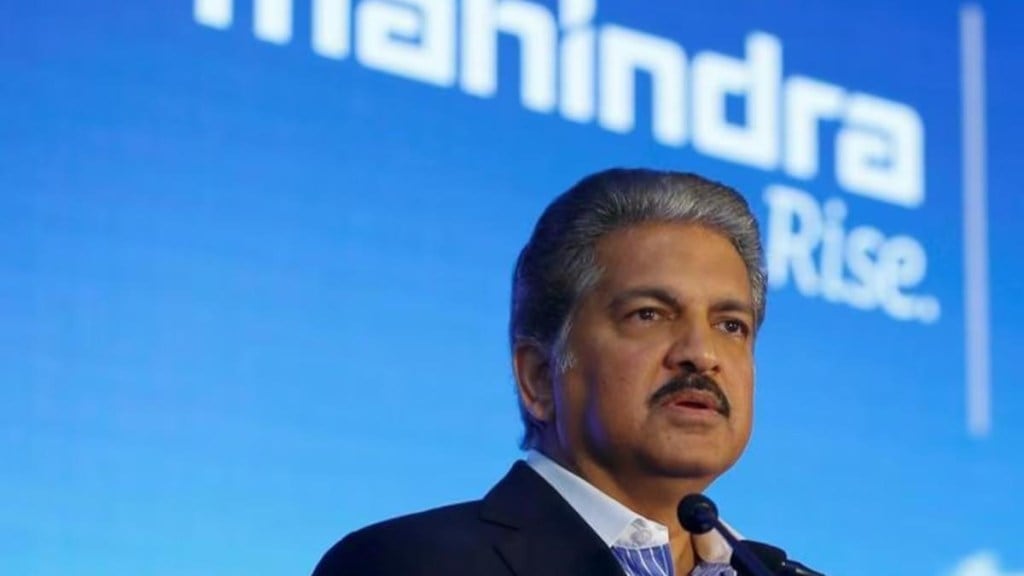India surpassed Japan to become the world’s fourth largest economy on Sunday with an FY26 GDP estimate of $4.187 billion. Businessman Anand Mahindra however stressed the need for people to ‘stay dissatisfied’ even as the country celebrated this milestone.
“It’s no small achievement. Japan has long been an economic colossus, with legendary productivity and resilience. That we’ve caught up is a testament to the ambition and ingenuity of millions of Indians — across sectors, generations, and geographies. But as we celebrate, we must stay dissatisfied. Because India’s next leap must be in per capita GDP, not just overtaking Germany…” he reminded in a social media post.
The Mahindra and Mahindra chairperson recalled that the idea of India overtaking Japan had felt like a “distant, almost audacious dream” when he had been in business school. He also reiterated the need for sustained economic reforms — spanning governance, infrastructure, manufacturing, education, and capital access.
“We are the fourth largest economy as I speak. We are a USD 4 trillion economy as I speak, and this is not my data. This is IMF data. India today is larger than Japan. It’s only the United States, China, and Germany which are larger, and if we stick to, you know, what is being planned, what is being thought through, it’s a matter of another 2, 2.5 to 3 years; we would become the third largest economy,” NITI Aayog CEO BVR Subrahmanyam said on Sunday morning.
India has been the fifth-largest economy in the world till 2024. According to the World Economic Outlook report released by the International Monetary Fund in April, the country is projected to have a GDP of $4.19 trillion in 2025. The nominal GDP for FY26 is expected to be marginally more than the likely GDP of Japan which is estimated at USD 4.187 billion. The per capita income of India has doubled from $1,438 in 2013-14 to $2,880 in 2025. The IMF report also said the Indian economy is projected to grow at 6.2% in 2025-26 (slower than earlier estimated rate of 6.5%) due to escalated trade tensions and global uncertainty.

